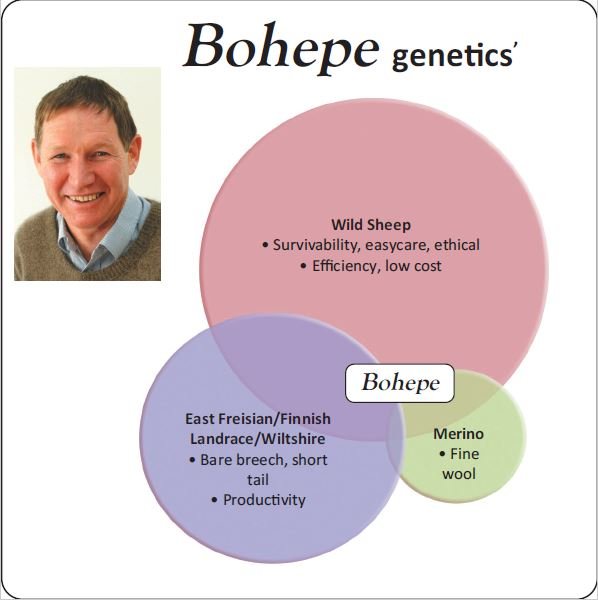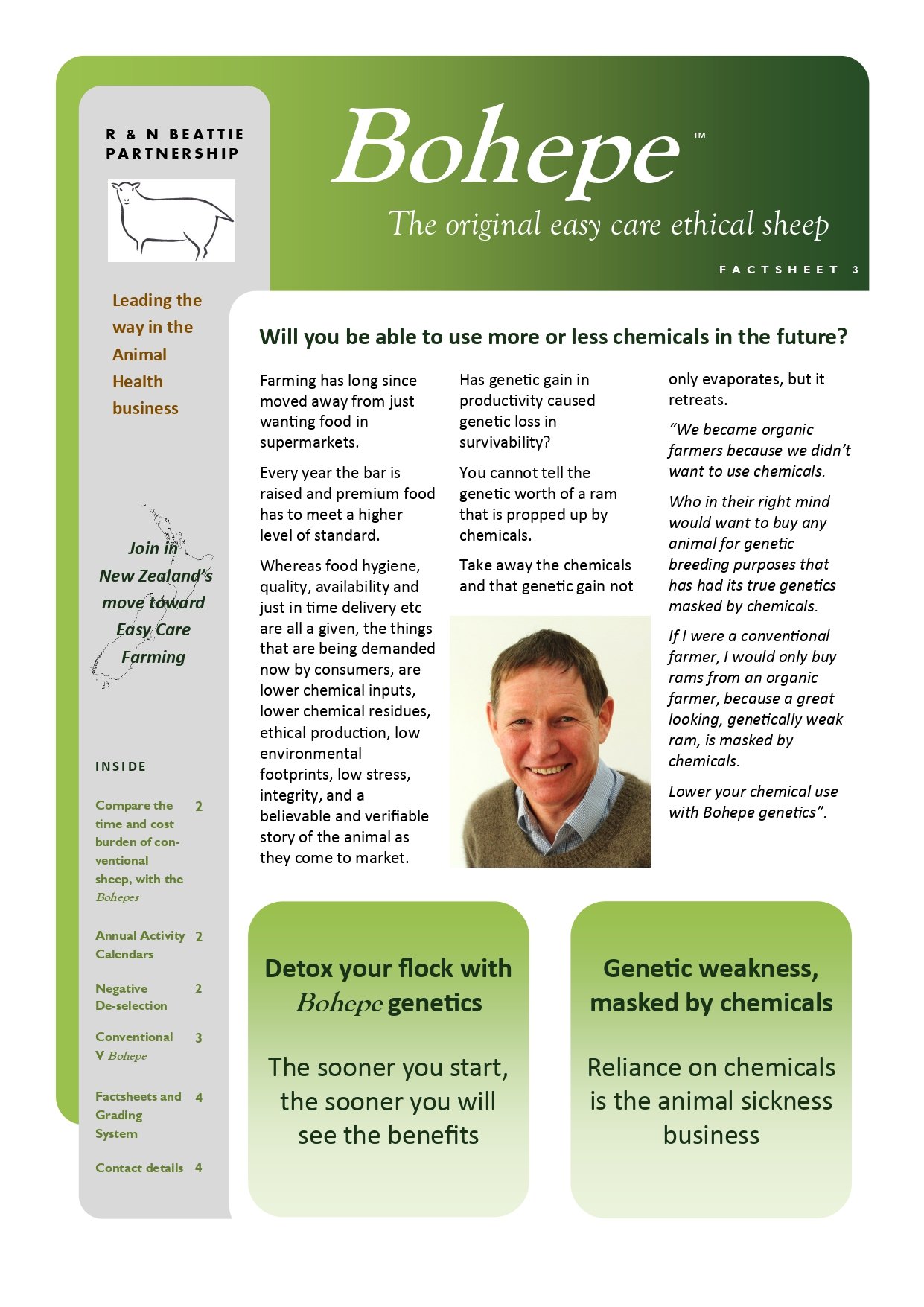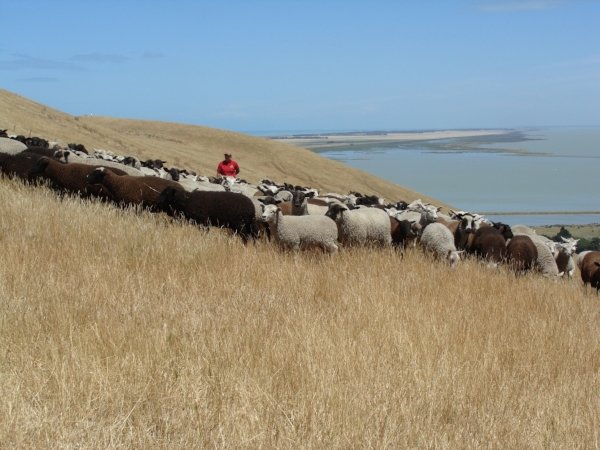ROGER’S STORY
I first heard about Pitt Island Wild Sheep when I was about 13 years old. There were a couple of brothers from the Chatham Islands at Marlborough College’s boarding hostel, who told intriguing stories of hunting wild sheep and cattle from Pitt Island.
I had a yearning to go to the Chathams someday. It wasn’t until I skipped sitting finals at Canterbury University in 1975 and did a shearing course instead, that going to the Chathams got closer. After two weeks of huge quantities of food, good company and expert instruction by two Wool Board instructors at Burnham Military Camp, I passed as a learner shearer.
A couple of weeks later I answered an advertisement in the Christchurch Press for a shearer to go to the Chatham Islands. As I was the only applicant, I got the job. With a little help I shore 100 adult Romney wethers on my first day. I could call myself a shearer and now had a reputation to live up to.
I shore for four Tuanui families and the Pearces that year. They were encouraging, tough, demanding but fair. They didn’t overpay me - compared to mainland New Zealand rates - but then I was carted, watered, fed and entertained at no extra expense.
For two more years, the Tuanui’s got some return on their investment and I had a carefree wonderful time. I fell in love with the Chatham Islands. I was turning into a “Good Keen Man”. This was my way of life.
When I met Jim Moffett he offered me a job culling the wild sheep and shearing his Romneys on Pitt Island. I jumped at the offer.
I asked all the Chatham Islanders I came across the secret to mustering Pitt Island Wild Sheep, as many had had a go. I got as many different replies as the number of people I asked. My father, being a “dog man”, sent a dog out and I employed a friend to help. The Moffett’s had done some work on building temporary yards at the back of the Glory Block, 3500 acres of undulating grass, cliff, native bush, scrub and fern country.
Jim was serious and wanted to cut the number of wild sheep drastically. The Glory Block was running 3500 big Romney wethers, 500 plus cattle, as well as 5000 plus wild sheep (along with a goodly number of wild pigs). All up, there were something like 10,000 stock units, a high stocking rate considering the amount of grass country, and that it was unfertilized and unfenced (except for a reserve to the south and another in the middle). These wild sheep were in intense competition with farmed stock on a mixed bag of grass, scrub, fern, swamp and cliffs.
Jim and Lindsay Moffett, Joe Dicks and others had built a wild sheep trap next door to the southern end reserve. We mustered a number of wild sheep into this well-constructed set of temporary yards – but the more we tried to muster them in the more difficult it became.
We developed quite a sophisticated mustering system. We would start at the northern end of the cliff section by firing a rifle to start the sheep moving along the cliffs.
This was very steep country and in the many times we did this job, not once did I see a Pitt Island Wild Sheep lose its footing and fall.



















